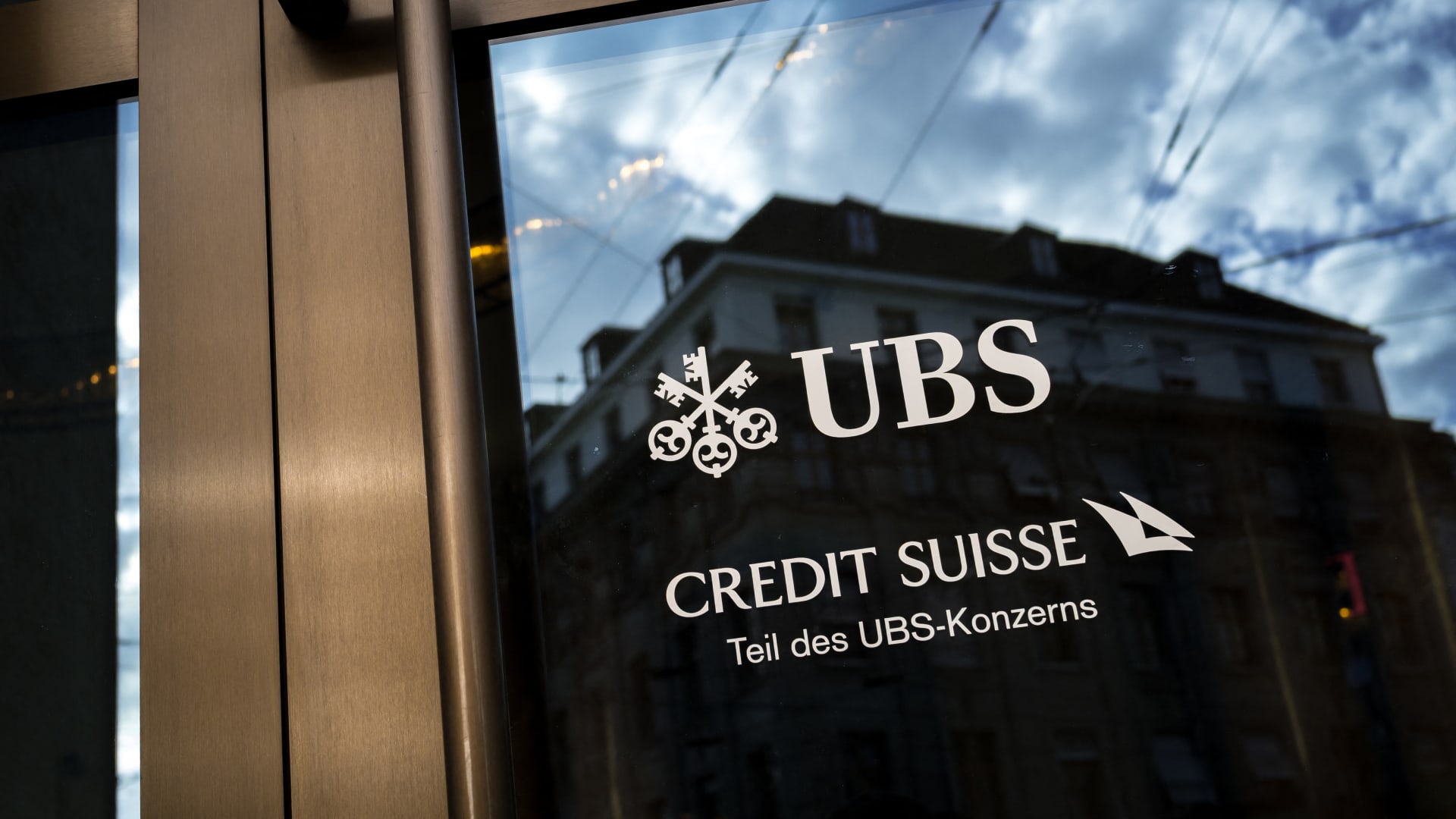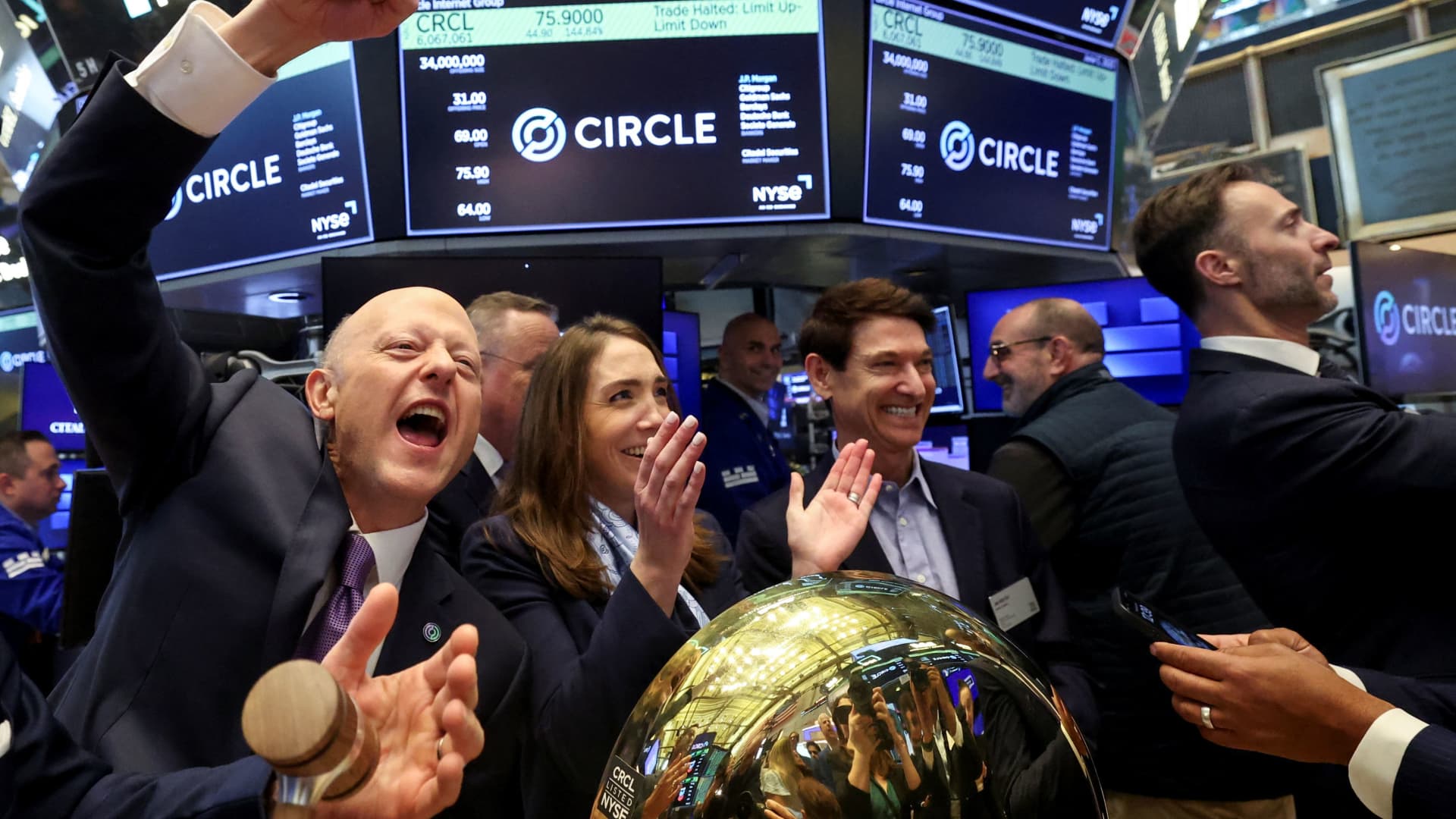The labor market isn’t as strong as predicted, with 818,000 fewer jobs. (iStock )
The U.S. Bureau of Labor Statistics just reported that the U.S. added 818,000 fewer jobs over the last 12 months (through March) than they previously predicted. The -0.5% difference was reported in the preliminary estimate of the annual revision to the BLS employment series. Consumers won’t know the final numbers until February.
The largest discrepancy occurred in the professional and business services sector, with the revision showing 358,000 fewer jobs than originally reported. The retail industry had the second-largest revision at 129,000 fewer jobs. Manufacturing came in third with 115,000 fewer jobs.
The labor market isn’t in a dire place, but the unemployment rate still hovers near 4.3%, which is higher than the beginning of 2023, Jerome Powell, the Chair of the Federal Reserve, explained in recent comments.
The unemployment rate isn’t due to increased layoffs, but rather the large increase in the supply of workers. It’s also due to “slowdown from the previously frantic pace of hiring,” Powell said. Generally speaking, the job market is getting stronger.
“Overall, the economy continues to grow at a solid pace,” Powell explained. “But the inflation and labor market data show an evolving situation. The upside risks to inflation have diminished. And the downside risks to employment have increased.”
If you are struggling with the effects of inflation, a personal loan with a low interest rate can help you pay down debt faster. Visit Credible to find your personalized interest rate without affecting your credit score.
INFLATION IS WHY MANY AMERICANS PLAN TO DELAY RETIREMENT: SURVEY
The Fed is still poised to cut rates in September
Consumers have been waiting for the Federal Reserve to cut rates since the possibility of multiple rate cuts was announced at the beginning of the year. September finally appears to be the meeting where rates will be cut.
The Fed has held off cutting rates due to consistently high inflation. When inflation drops closer to 2%, the Fed is more likely to slash rates. A large majority of Federal Reserve officials claimed the central bank is likely to cut interest rates slightly in September, according to minutes from the policy meeting in July.
“Our restrictive monetary policy helped restore balance between aggregate supply and demand, easing inflationary pressures and ensuring that inflation expectations remained well anchored,” Powell said.
With inflation on the right trajectory, after a dip in progress earlier in the year, Americans can expect rate cuts soon. These cuts affect borrowing costs for mortgages, vehicles and student loans, among other lending options.
Using a personal loan to pay off high-interest debt may help you reduce your monthly expenses and put money back in your wallet. Credible can help you find your personalized interest rate today.
HIGHER RATES TO LINGER, FED MAY MAKE CUTS IN SEPTEMBER
Consumer sentiment stabilizes
Consumer sentiment regarding the economy has stabilized over the last month, signaling that Americans are slightly more positive about where the economy is at than they were a few years ago. In August, sentiment inched up by 2.1%, marking the fourth consecutive month sentiment remained about the same, PYMNTS reported.
The future economic outlook hasn’t remained as steady, instead shooting up to its highest level in five months, largely due to the election season. Election years don’t tend to alter the current economic sentiment but can impact American’s future thoughts on where the economy is going.
“Survey responses generally incorporate who, at the moment, consumers expect the next president will be,” explained Joanne Hsu, director of the University of Michigan Surveys of Consumers. “Some consumers note that if their election expectations do not come to pass, their expected trajectory of the economy would be entirely different.”
The rise in consumer sentiment for the future is thanks, in part, to Democrats feeling more confident in the new Democratic presidential nominee, Vice President Kamala Harris. Lowering inflation has also contributed to a brighter outlook, PYMNTS reported.
If you’re concerned about the state of the economy, think about paying down your high-interest debt with a personal loan at a lower interest rate. Head to Credible to speak with a personal loan expert and get a rate quote.
HOUSING AFFORDABILITY TOP CONCERN FOR YOUNGER VOTERS THIS PRESIDENTIAL ELECTION: SURVEY
Have a finance-related question, but don’t know who to ask? Email The Credible Money Expert at [email protected] and your question might be answered by Credible in our Money Expert column.

 Blog Post1 week ago
Blog Post1 week ago
 Economics1 week ago
Economics1 week ago
 Finance1 week ago
Finance1 week ago
 Economics1 week ago
Economics1 week ago
 Economics1 week ago
Economics1 week ago
 Personal Finance1 week ago
Personal Finance1 week ago
 Accounting1 week ago
Accounting1 week ago
 Economics1 week ago
Economics1 week ago










